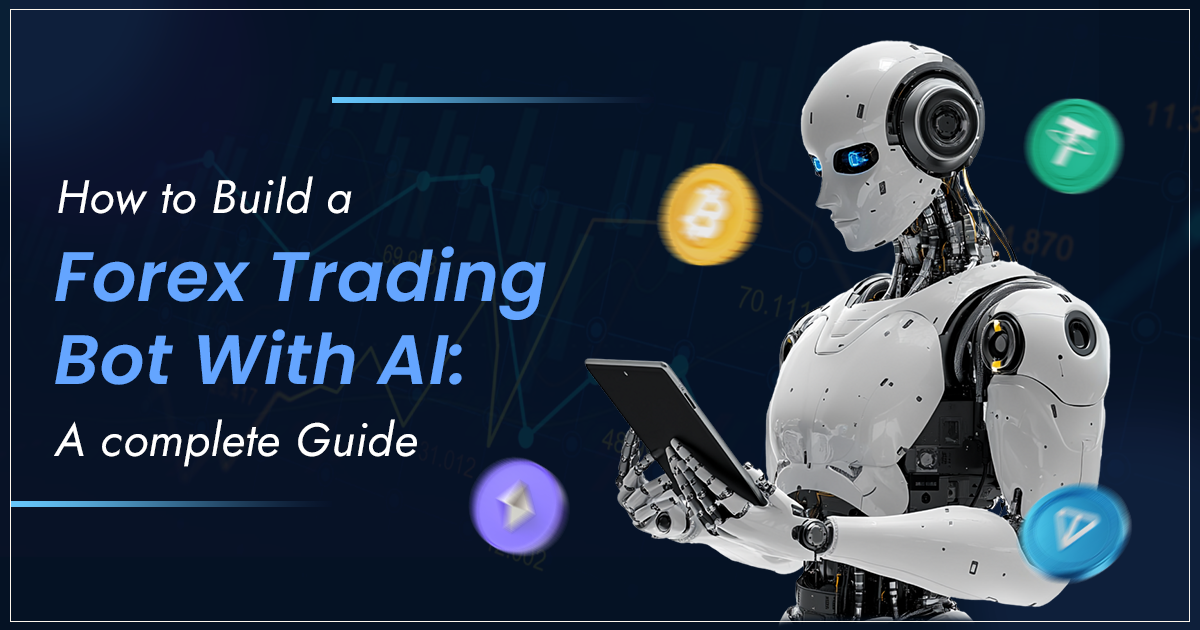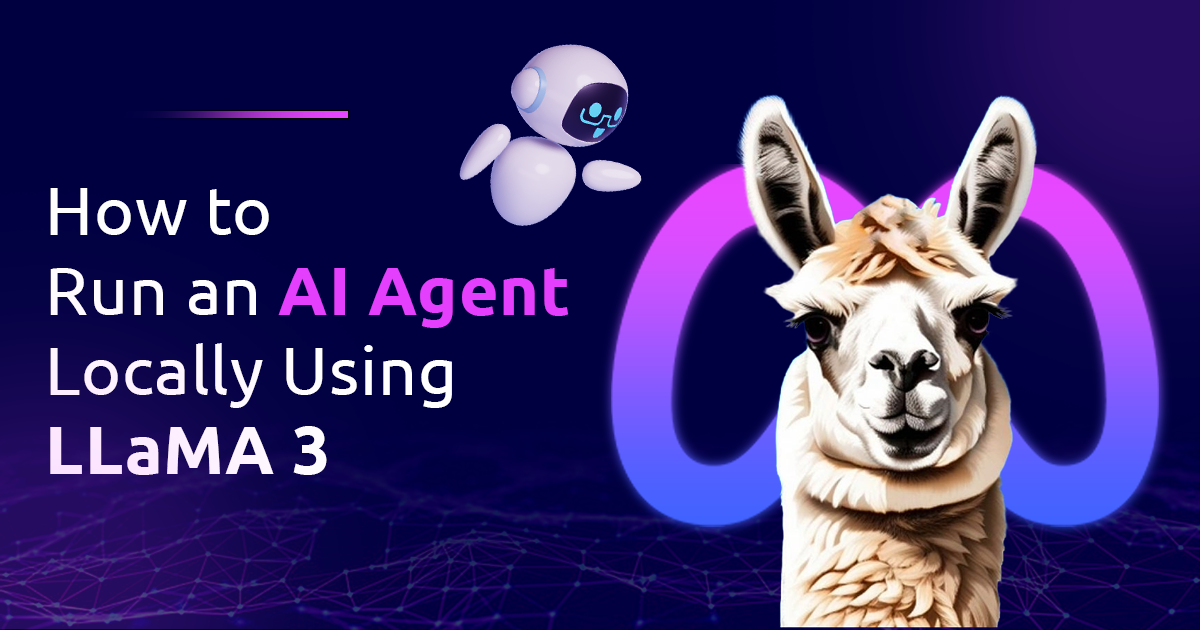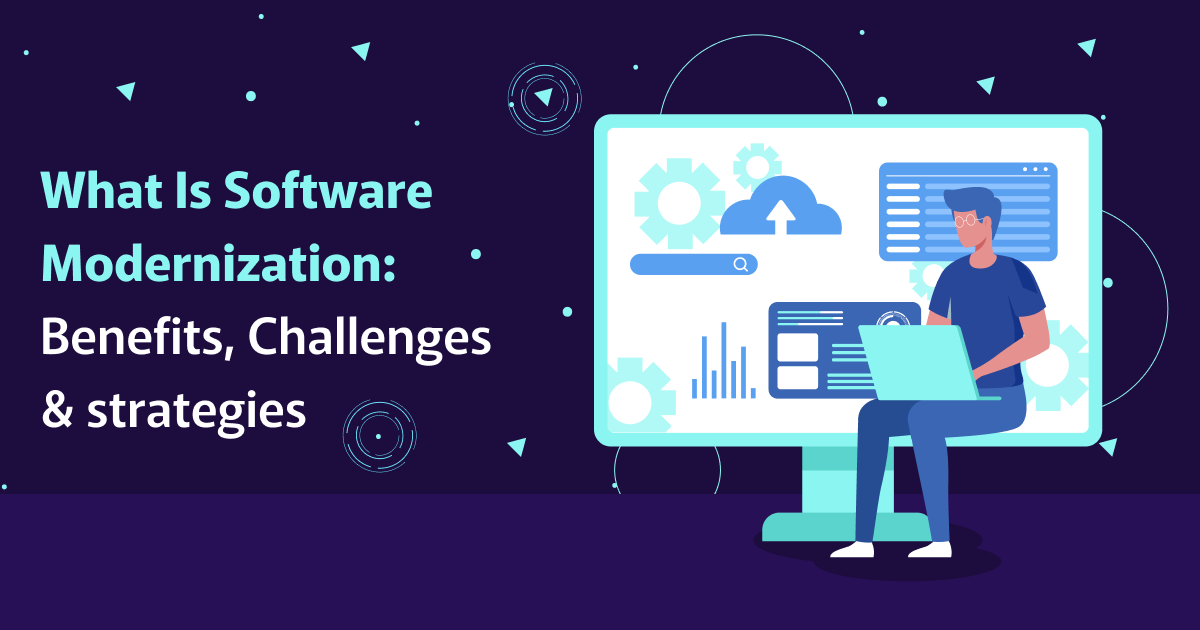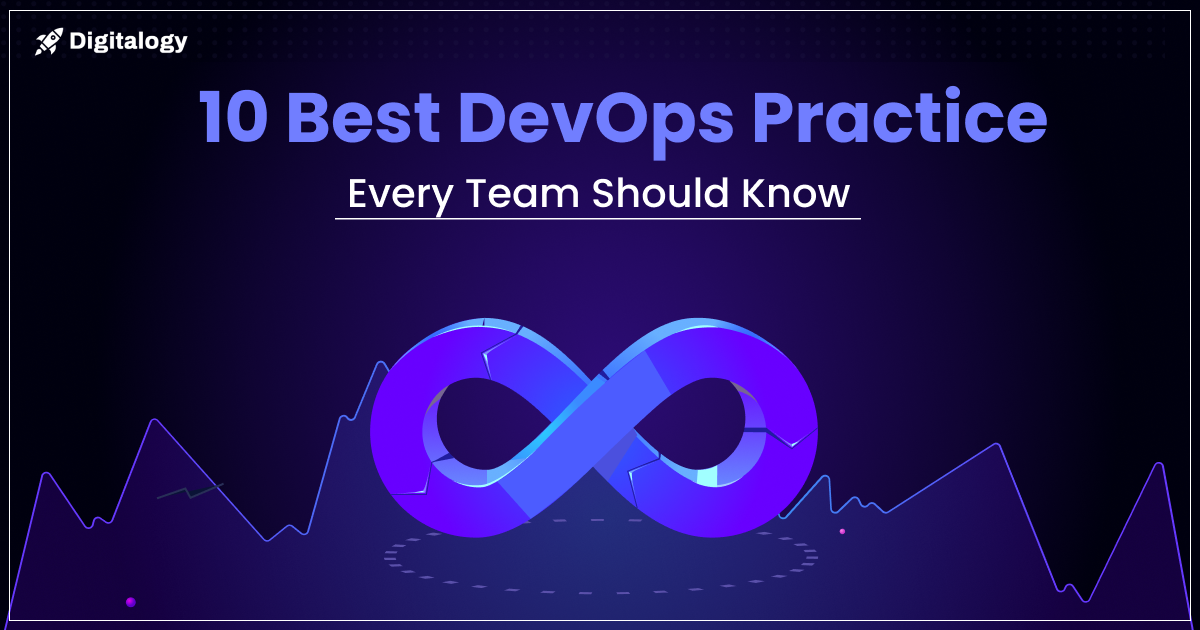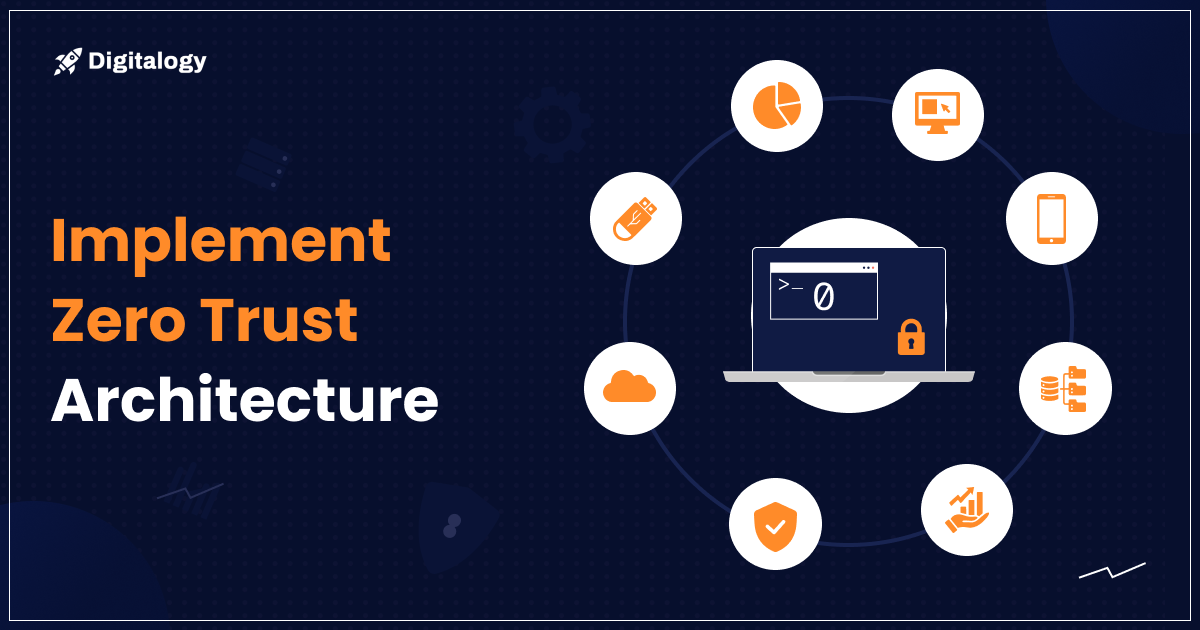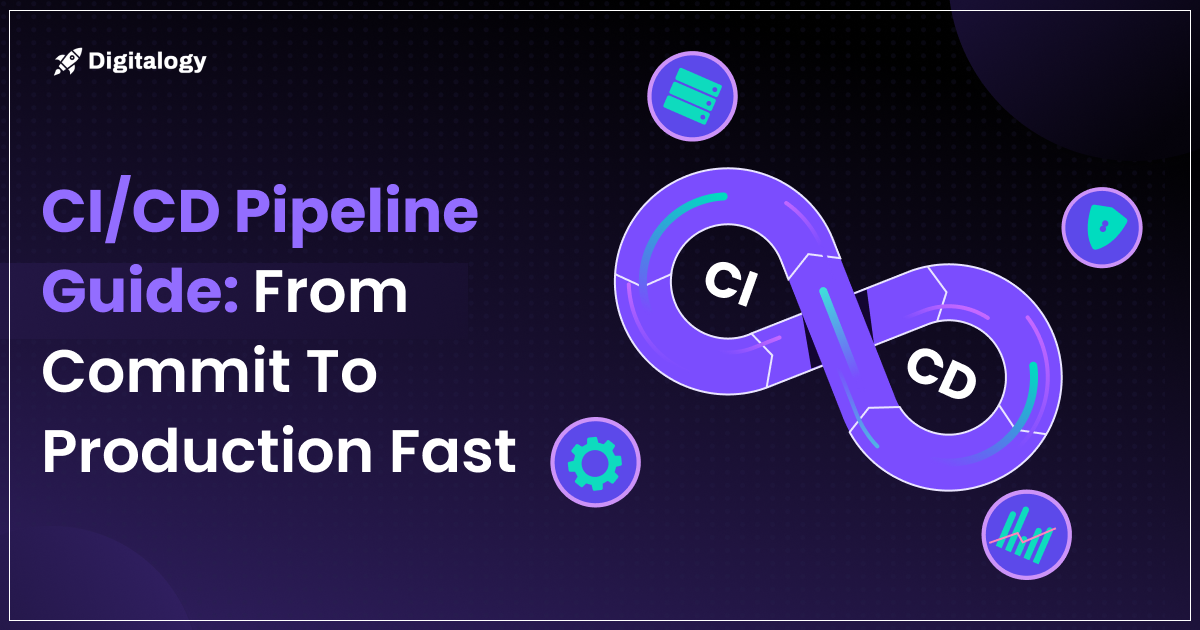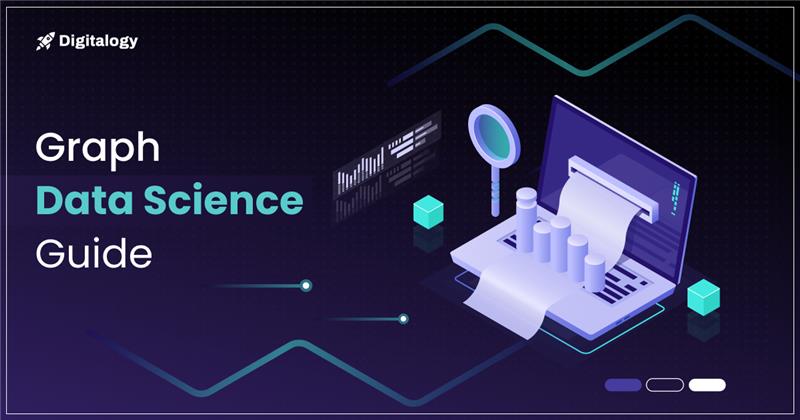The Forex market stands as the world’s largest and most liquid financial market, with over $6 trillion traded daily. For traders and financial institutions, speed, accuracy, and efficiency are critical. This is where an AI-powered Forex trading bot can provide a significant edge.
Building a Forex trading bot with artificial intelligence involves combining algorithmic trading strategies with machine learning (ML) and deep learning (DL) techniques to predict market movements, execute trades, and optimise performance. In this comprehensive guide, we’ll walk through the key steps to develop an AI-driven Forex trading bot, covering:
- Understanding Forex Trading Bots
- Why Use AI in Forex Trading?
- Key Components of an AI Forex Trading Bot
- Step-by-Step Development Process
- Challenges & Best Practices
Understanding Forex Trading Bots
A Forex trading bot is an automated software program that executes trades in the currency market based on predefined rules or AI-driven predictions. These bots eliminate emotional trading, operate 24/7, and can process vast amounts of data faster than humans.
Types of Forex Trading Bots:
- Rule-Based Bots – Follow fixed algorithms (e.g., moving average crossovers).
- AI-Powered Bots – Use machine learning to adapt and improve strategies.
While rule-based bots are simpler, AI-driven bots can analyse complex patterns, learn from market behaviour, and refine their strategies over time.
Why Use AI in Forex Trading?
AI enhances Forex trading bots in several ways, making Profitable FX Trading more achievable through data-driven decisions. Key benefits include:
A. Predictive Analytics
AI models (like LSTM networks) can forecast price movements by analysing historical and real-time data.
B. Sentiment Analysis
Natural Language Processing (NLP) can scan news, social media, and economic reports to gauge market sentiment.
C. Adaptive Learning
Unlike static algorithms, AI models continuously improve by learning from new data.
D. Risk Management
AI can dynamically adjust position sizes, stop-loss levels, and hedging strategies in response to volatility.
DID YOU KNOW?
The global market for bot services reached a value of USD 1.6 billion in 2022 and is expected to grow to USD 6.7 billion by 2027, with a robust CAGR of 33.2% projected over the forecast period.
Key Components of an AI Forex Trading Bot
To build a robust AI Forex trading bot, you need the following components:
A. Data Collection & Preprocessing
- Historical Forex Data (OHLCV – Open, High, Low, Close, and Volume metrics)
- Real-Time Market Feeds (APIs like MetaTrader, OANDA, or Dukascopy)
- Alternative Data (News, Economic Indicators, Social Media)
B. Machine Learning Models
- Supervised Learning (Regression, Classification)
- Unsupervised Learning (Clustering for anomaly detection)
- Reinforcement Learning (For optimising trade execution)
Popular models:
- LSTM (Long Short-Term Memory) – For time-series forecasting.
- Random Forest / XGBoost – For classification-based trading signals.
- Transformer Models – For NLP-driven sentiment analysis.
C. Execution Engine
- Connects to broker APIs (Interactive Brokers, Alpaca, etc.).
- Implements order types (Market, Limit, Stop-Loss).
D. Backtesting & Optimisation
- Backtesting frameworks (Backtrader, Zipline).
- Walk-Forward Analysis – Validates strategy robustness.
E. Risk Management Module
- Position Sizing (Kelly Criterion, Fixed Fractional).
- Stop-Loss & Take-Profit Automation.
Step-by-Step Development Process
Building an AI-powered Forex trading bot requires a structured approach. Here’s how to do it:
Step 1: Define Trading Strategy
- Trend Following (Moving Averages, MACD)
- Mean Reversion (Bollinger Bands, RSI)
- Arbitrage (Latency-based opportunities)
Step 2: Gather & Clean Data
- Use Forex historical data APIs (e.g., Alpha Vantage, Forex.com).
- Normalize and remove outliers.
Step 3: Feature Engineering
- Technical Indicators (RSI, Moving Averages, ATR).
- Sentiment Scores (From news & tweets).
Step 4: Train AI Model
# Example: LSTM Model for Forex Prediction
from tensorflow.keras.models import Sequential
from tensorflow.keras.layers import LSTM, Dense
model = Sequential()
model.add(LSTM(50, return_sequences=True, input_shape=(60, 1)))
model.add(LSTM(50))
model.add(Dense(1))
model.compile(optimizer='adam', loss='mse')
model.fit(X_train, y_train, epochs=20, batch_size=32)
Step 5: Backtest Strategy
- Use Backtrader or QuantConnect to simulate performance.
- Optimise parameters with Grid Search or Genetic Algorithms.
Step 6: Connect to Broker API
# Example: Placing a Trade via OANDA API
import requests
url = "https://api-fxtrade.oanda.com/v3/accounts/accountID/orders"
headers = {"Authorization": "Bearer YOUR_API_KEY"}
data = {
"order": {
"units": "10000",
"instrument": "EUR_USD",
"type": "MARKET"
}
}
response = requests.post(url, headers=headers, json=data)Step 7: Deploy & Monitor
- Use Docker for containerization.
- Deploy on AWS/GCP for low-latency execution.
- Continuously monitor performance and retrain models.
Challenges & Best Practices
Challenges:
- Overfitting – AI models may perform well in backtests but fail in live markets.
- Latency Issues – Slow execution can lead to slippage.
- Regulatory Compliance – Ensure adherence to financial regulations.
Best Practices:
- Start Simple – Begin with a basic strategy before adding AI. Even foundational models can contribute to Profitable FX Trading if risk management is prioritised.
- Use Walk-Forward Testing – Avoid curve-fitting biases.
- Implement Robust Risk Management – Never risk more than 1-2% per trade.
- Monitor Market Conditions – AI models can fail during black swan events.
Conclusion
Developing an AI-driven Forex trading bot demands expertise, but it can yield significant returns. By leveraging machine learning, real-time data, and automated execution, traders can gain a competitive advantage in the fast-moving Forex market.
However, success depends on:
1. High-quality data.
2. A well-tested AI model.
3. Strong risk management protocols.
If you’re a developer or financial institution looking to automate trading, now is the time to explore AI-driven Forex bots. The fusion of finance and artificial intelligence is reshaping trading. Don’t get left behind.
Frequently Asked Questions
A: Python leads in popularity thanks to its powerful AI/ML libraries like TensorFlow and Scikit-learn, as well as robust trading frameworks such as Backtrader and MetaTrader5. Other commonly used languages include C++ for high-frequency trading and Java for its reliability and scalability.
A: Yes, quality historical Forex data (5+ years) is essential for training robust AI models. APIs like Alpha Vantage or Dukascopy provide reliable datasets.
A: Use techniques like walk-forward testing, regularization (L1/L2), and keep the model simple. Avoid excessive parameter optimisation on past data.
A: No, you need a broker API (e.g., OANDA, Interactive Brokers) to execute live trades. Demo accounts are useful for testing before going live.
A. AI models can struggle during periods of high market volatility, such as unexpected news events. To mitigate risks, always enforce robust risk management strategies like stop-loss orders and proper position sizing.

